In today’s fast-paced business world, creating an optimal working environment is essential for success. One powerful tool that can transform any workplace is Feng Shui. By harnessing the ancient Chinese practice of Feng Shui, businesses can unlock a host of benefits, from improved productivity to increased revenue. In this article, we will explore the advantages of integrating Feng Shui into a workspace, the steps to effectively implement the concept, and delve into the key factors that constitute traditional Feng Shui. Get ready to energize your workplace and enhance your business’s potential.
Understanding Classical Feng Shui:
Classical Feng Shui is rooted in Chinese metaphysics and ancient wisdom. It considers factors such as landforms, energy flow, and time cycles to create harmonious spaces. Key components of classical Feng Shui include the balance of Yin and Yang, the five elements, the Bagua map, and the use of a Feng Shui compass to determine energy directions accurately.

The Benefits of Feng Shui in the Workplace:
Enhanced Energy Flow: Feng Shui focuses on optimizing the flow of energy, known as Qi, in the workspace. By removing obstacles and strategically arranging furniture, organizations can create a harmonious and balanced environment that allows for a smooth flow of energy. This promotes a positive atmosphere, increases productivity, and reduces stress in the workplace.
Improved Employee Well-being: A well-designed workspace can have a significant impact on the well-being and satisfaction of employees. Feng Shui principles consider factors such as natural light, ventilation, and ergonomic design to create a supportive and comfortable environment. This can lead to increased employee engagement, reduced absenteeism, and improved overall well-being.
Increased Creativity and Focus: The foundation of Feng Shui is to consider the positioning of desks, seating arrangements, and color schemes to stimulate creativity and enhance productivity. By creating an inspiring and motivating environment, employees can tap into their creative senses and produce innovative solutions.
Enhanced Financial Success: Feng Shui is not just about aesthetics; it is also said to influence financial success. By optimizing the energy flow in a workspace, organizations can attract abundance and prosperity. From activating wealth corners to incorporating specific elements, such as water and plants, Feng Shui can help generate positive financial energy and open doors to new opportunities.
Implementing Feng Shui in the Workplace:
Clear Clutter: The first step is to start by decluttering the workspace. Clutter disrupts the flow of energy and creates a stagnant environment for employees. To foster a tranquil and harmonious atmosphere, organizations should start by eliminating unnecessary items and meticulously arranging the space.
Identify Bagua Areas: The Bagua map divides a space into nine distinct areas, each corresponding to a different aspect of life, such as career, wealth, relationships, and health to name a few. By aligning the Bagua map with the workspace, organizations can identify which areas require attention and re-arrangement.
Balance the Elements: Traditional Feng Shui incorporates the balance of five elements – Water, Fire, Metal, Wood, and Earth. Each element represents different energies and qualities. By thoughtfully introducing these elements through colors, textures, and materials, organizations can create a harmonious and balanced working environment for employees.
Position Furniture Mindfully: Thoughtful consideration of furniture placement is also a crucial aspect in a workplace setting. It is important to ensure that desks and seating arrangements promote a clear line of sight and allow for a sense of empowerment and support. This can include steering clear of placing furniture in a way that exposes an employee back to the door as it can create a sense of vulnerability.


Interesting Feng Shui Knowledge:
Qi and Life Force: Feng Shui recognizes the concept of Qi, also known as life force or vital energy. It represents the unseen energy that flows through everything, including ourselves and the environment we are in. By harmonizing with this energy, organizations can enhance well-being and success.
Historical Significance: Feng Shui has been practiced for over 2,000 years in Asian cultures. It was originally employed to improve wealth, health, and relationships. Today, the concept has gained global popularity as a powerful tool for creating harmonious spaces.
Individualized Approach: Traditional Feng Shui is tailored to each individual and space. It takes into account personal birth data, energy patterns, and specific goals to create customized solutions that align with unique needs and aspirations.
Integrating Feng Shui into a workplace offers a holistic approach to creating a harmonious and energized environment. By implementing Feng Shui principles, organizations can optimize the flow of energy, enhance productivity, and foster employee well-being. It all begins by ensuring a clutter-free environment, aligning with the Bagua map, maintaining a harmonious balance between the five elements, and consciously positioning furniture within the workspace. Organizations should embrace the wisdom of traditional Feng Shui to harness its profound benefits. By infusing the workplace with vibrant energy, organizations can unlock their business’s full potential, and cultivate a thriving environment for success.

